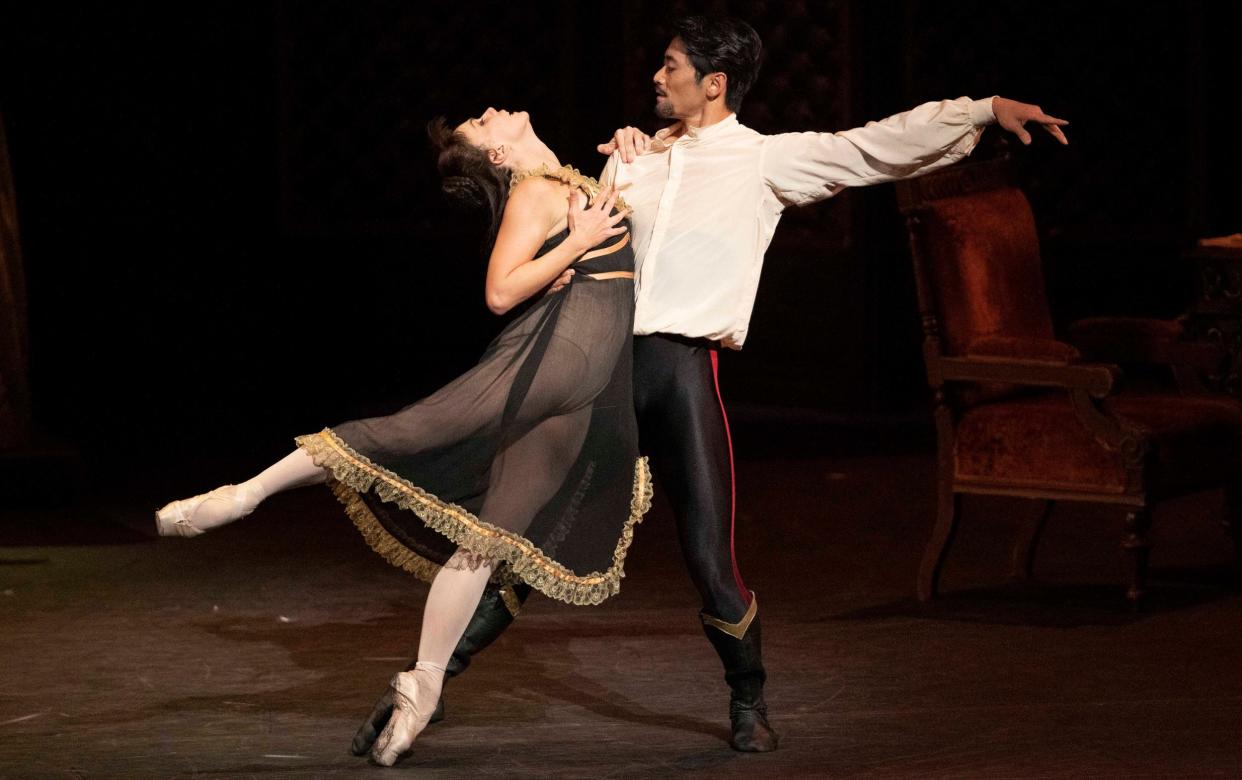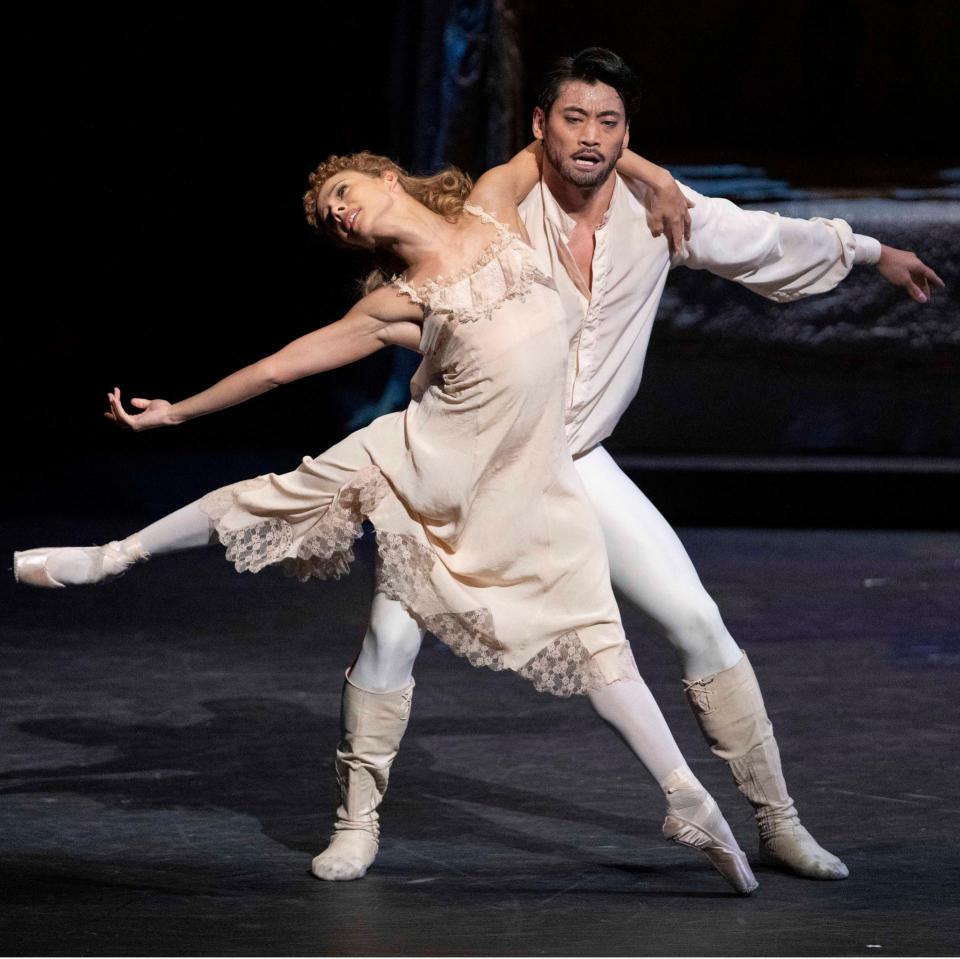Mayerling, Royal Ballet: MacMillan’s dark tale of self-destruction is given a powerful revival

- Oops!Something went wrong.Please try again later.
- Oops!Something went wrong.Please try again later.
- Oops!Something went wrong.Please try again later.
It was 30 years ago this month that the great choreographer Kenneth MacMillan died of a heart-attack, backstage at the Royal Opera House, during a performance of his dark-as-night tragedy Mayerling.
If the suddenness was shocking, and the timing tragic (he was only 62, still bursting with ideas), it was also eerily appropriate for a man who had given so much both to the art form and to that particular building, and whose work dwelled so uncompromisingly on the evanescence of life. Small wonder the Royal Ballet is dedicating its season-opening revival of this work to his memory.
Diligently based on the events surrounding the double murder-suicide of Crown Prince Rudolf of Austria-Hungary and his 17-year-old mistress Mary Vetsera at the Mayerling hunting lodge in 1889, Mayerling (1978) remains a vast, astonishing, uniquely ambitious ballet that demands a prior read of the synopsis. Thanks to Nicholas Georgiadis’s designs (opulently of the time and place, but also with an elegiacally autumnal edge) and John Lanchbery’s brilliant orchestral reworkings of Liszt, it looks and sounds magnificent. A sumptuous, three-hour vortex of self-destruction, it is “dated” only in its resolute avoidance of black-and-white moralising, and it also, in Rudolf, boasts the richest and most demanding role for a man in any ballet.
Wednesday’s stirring first night – with both corps and orchestra marvellously fresh – also marked four years, almost to the day, since Royal Ballet principal Ryoichi Hirano first took it on. Although too dashing to be an obvious natural as the put-upon, syphilitic, morphine-addicted Rudolf – one thinks back a few years to the terrifyingly convincing Johan Kobborg, and right back to the role’s pitch-perfect originator, David Wall – Hirano fully puts his back into the role, revelling in the physical and emotional abandon it demands, but also doing so with intelligence. Where some Rudolfs go for full-bore deranged from the outset, he lets his character uncoil from rigidity to recklessness, and – the real trick – ultimately makes us care deeply for this titanically flawed anti-hero.

He was also helped on Wednesday by Natalia Osipova. Not quite a top-flight Mary, she has nevertheless refined her approach to the role, now (like Hirano) treading more softly at the start, giving first subtle, but then increasingly fevered hints of a teenager whose eyes might widen at the thought of Rudolf and his evident death-wish. A convincingly warped chemistry burgeons between them – never more so than in MacMillan’s morbidly passionate Act III pas de deux – and as a result the deathly climax has considerable emotional weight.
If Marianela Nuñez is too swish-restaurant-hostess, not nearly earthy enough, as the prostitute Mitzi Caspar – another of Rudolf’s many women – Francesca Hayward is fantastic, if also under-used, as Stephanie, his sweet-natured, justifiably terrified new bride, and all credit to both her and Hirano for a nightmarish Act I bedroom scene. Next month, she tackles Mary for the first time – a completely fascinating prospect.
In rep until November 30. Tickets: 020 7304 4000; roh.org.uk

